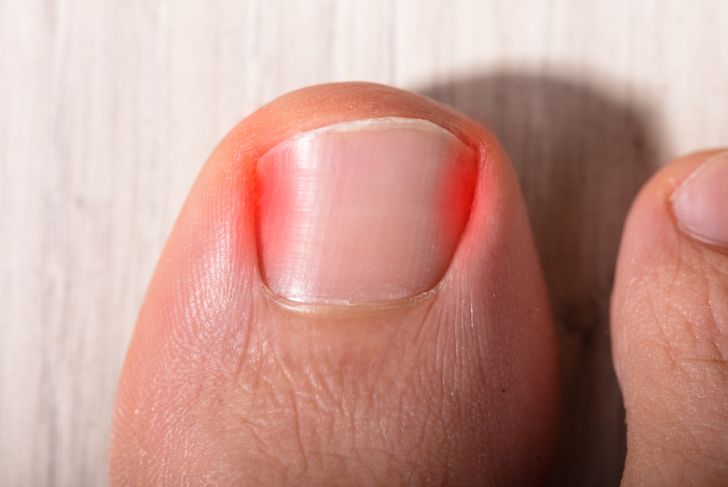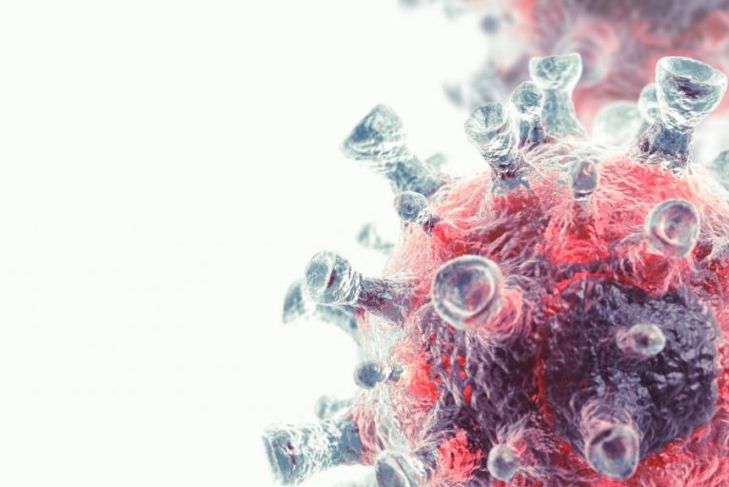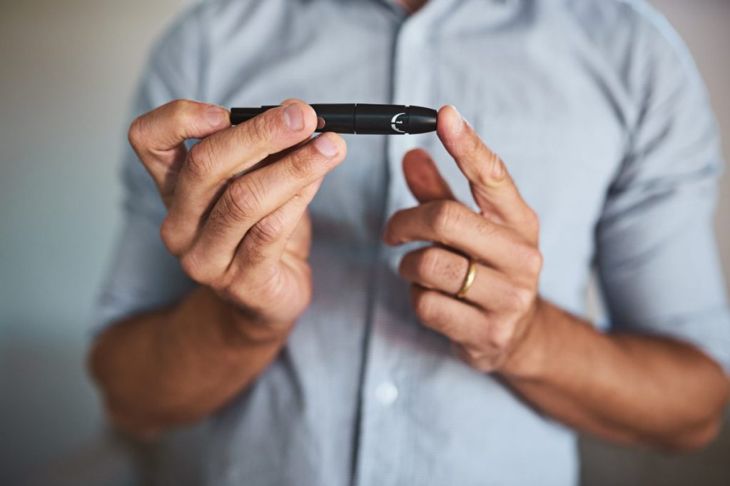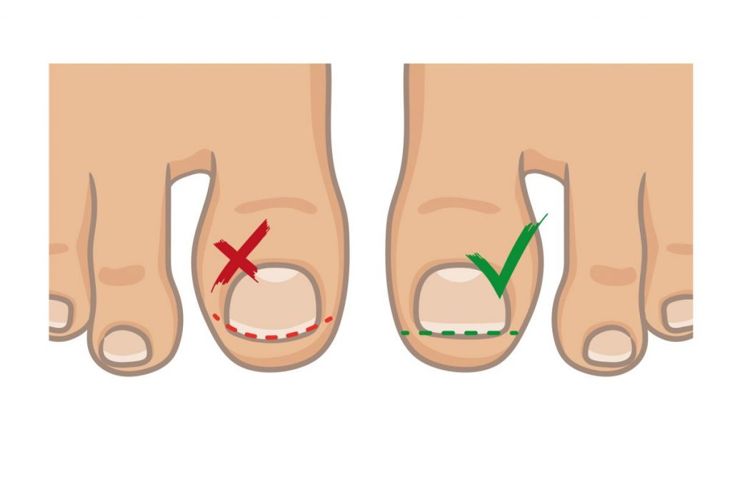An ingrown toenail is a common condition that affects people of all ages, though teenagers and young adults tend to develop them more frequently. Various contributors and causes can result in ingrown toenails, but they usually occur when something causes the edge of a toenail to grow into the skin next to the nail. Any toe can develop an ingrown toenail, but the big toe is more likely to develop them.
Symptoms
The signs and symptoms of an ingrown nail can vary depending on the severity. In most instances, physicians divide the issue into three stages:
- Stage 1: The nail grows into the skin. This causes mild pain and inflammation.
- Stage 2: The toe has grown new, inflamed skin, commonly called a granuloma. The tissue begins to produce pus and pain is more intense.
- Stage 3: The skin around the toenail experiences inflammation and secretes pus regularly. The granuloma has begun to grow over the nail itself.
Types
Though an ingrown toenail may seem like a simple condition, it can be fairly complex. There are several types, the most common being a distal-lateral ingrown nail. This type develops when the outer sides of the nail plate grow into the skin. Other types of ingrown nails develop due to various factors, including age. For example, older individuals are more likely to have the toenail on their big toes curve and grow inward, toward the nail groove under the nail.
Causes
Men and women of all ages develop ingrown toenails, and there are many possible causes. One of the most common causes is improper nail care. If a person cuts their nail too short or cuts it in a rounded shape, the nail is more likely to grow into the skin. People who sweat excessively are more prone to ingrown toenails, which is why teenagers are partially susceptible. In addition, footwear that places a significant amount of pressure on the toes can contribute to ingrown nails. This includes socks that are too tight or shoes that do not fit properly. In some cases, a minor infection may result in an ingrown nail.
Physical Trauma
Individuals who extensively use their feet have a higher risk of developing ingrown toenails. There are several reasons for this. Primarily, these people are more likely to damage or break the nail, potentially causing it to grow into the skin. Dancers who spend long periods of time on their toes, such as a ballet dancer often en pointe, can develop ingrown toenails due to the pressure placed on their toes. Other activities that often lead to nail damage are American football, soccer, and kickboxing.
Genetics
Some people are more likely to develop ingrown toenails as a result of their genetics. In some cases, a person may inherit certain traits such as pincer nails, those whose sides begin to grow towards each other. Usually, the nail grows downward, into the underlying skin of the toe. Though it is often asymptomatic, as a person with pincer nails ages, they are more likely to develop ingrown nails.
Older Individuals and Ingrown Toenails
For various reasons, older people are particularly at risk of ingrown nails. Starting in adulthood, people begin to develop pincer nails naturally. This, combined with the thickening of the nail common in older adults, often leads to ingrown nails. Brittle nails, which can break and grow improperly, are also a common problem for this demographic. Furthermore, some people lose the ability to perform proper nail care as they age, which can also instigate ingrown nails.
Complications
Though most ingrown nails are minor issues that are easy for physicians to treat, they can develop into more serious conditions. If the ingrown nail develops a fungal infection, this can affect the bones in the toe. Infections can also lead to ulcers or loss of blood flow to the toes, which can cause tissue decay. These complications are more common in people with diabetes.
Diabetes and Ingrown Toenails
Individuals with diabetes are usually more prone to foot infections and ingrown toenails. Because people with diabetes often lack proper blood flow to their extremities, even minor injuries like ingrown toenails can cause serious foot infections. Additionally, many people with diabetes experience nerve damage or a lack of sensitivity, which can make it difficult for them to notice an ingrown toenail while it is still manageable. This increases the likelihood of infection.
Prevention
People can take many steps to help prevent ingrown toenails. Most notably, trimming the nails straight across makes them less likely to grow into the surrounding skin. Some individuals benefit from soaking their toes in warm water before nail care. Properly fitting shoes, socks, stockings, and tights are less likely to cause ingrown nails than poorly fitting footwear. Individuals who are likely to damage or place pressure on their toes should wear protective footwear.
Controversy
Interesting controversies surround ingrown toenails, beginning with the appropriate term. Many physicians simply refer to the condition as ingrown toenails. However, some medical expertal find this is misleading because the condition results from both toenail growth and the growth of inflamed tissue or granulomas. These experts suggest the term onychocryptosis, instead. Controversy over the origin of ingrown nails extends to treatment as well. Surgery is the most popular method, though many podiatrists find nonsurgical options such as braces are just as effective. These physicians claim surgery is an unnecessary and painful treatment option, while those performing the surgery state that nonsurgical treatments require too much cooperation on behalf of the patient.

 Home
Home Health
Health Diet & Nutrition
Diet & Nutrition Living Well
Living Well More
More




















